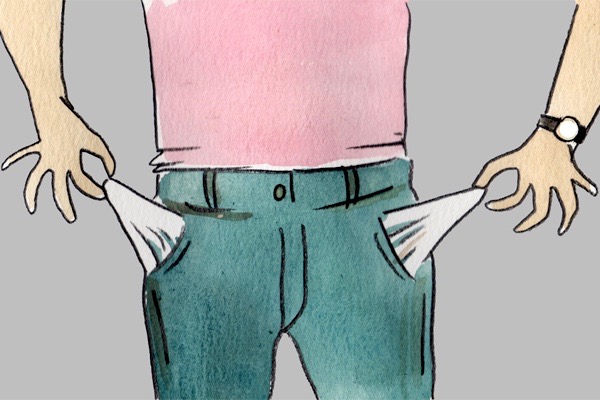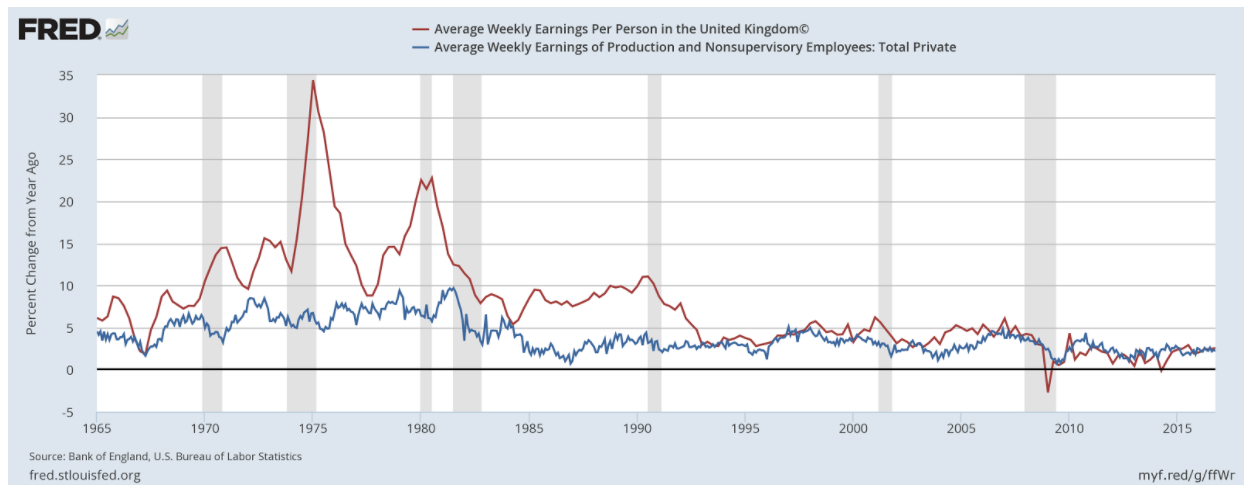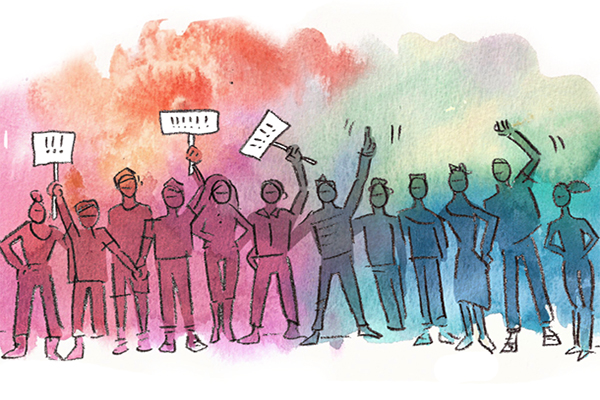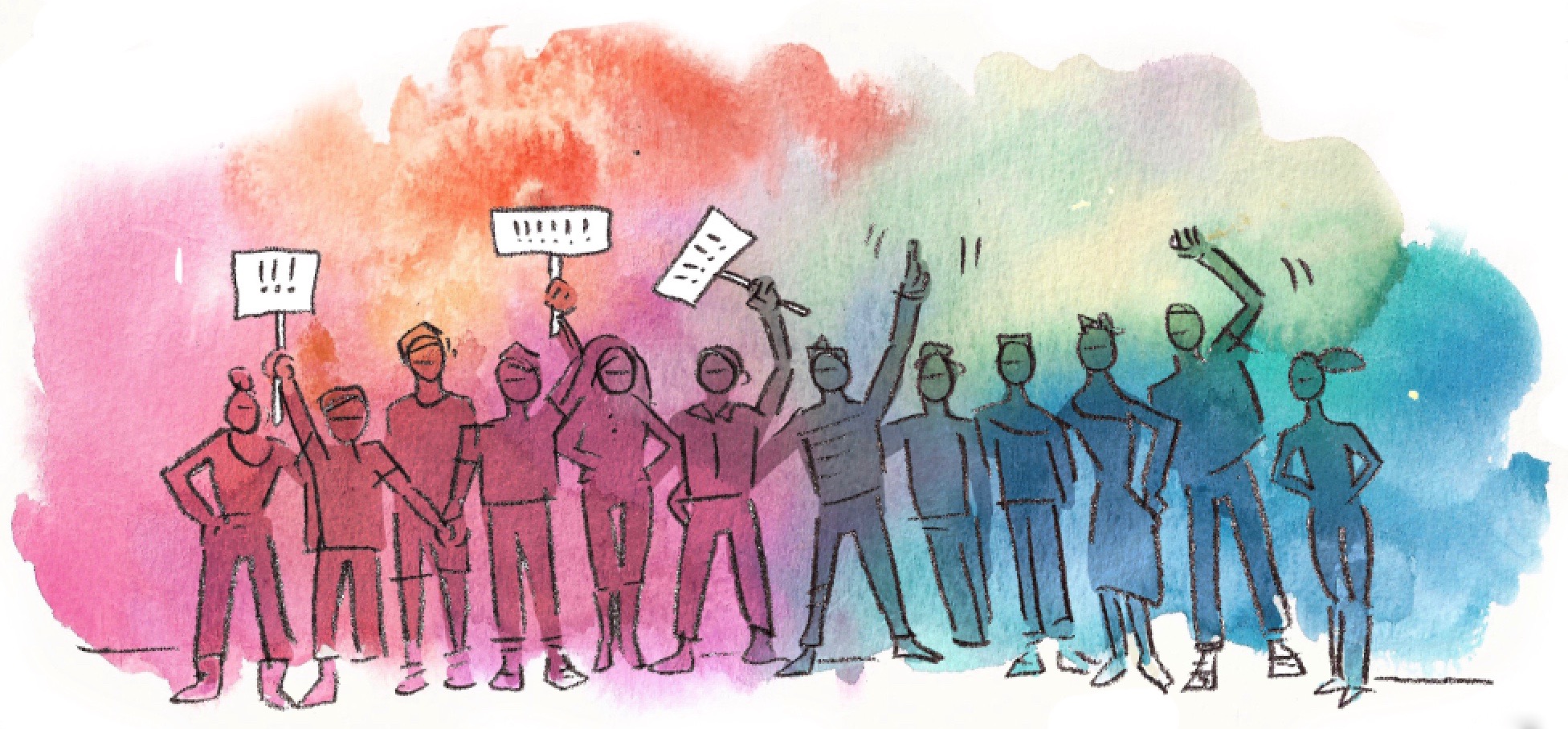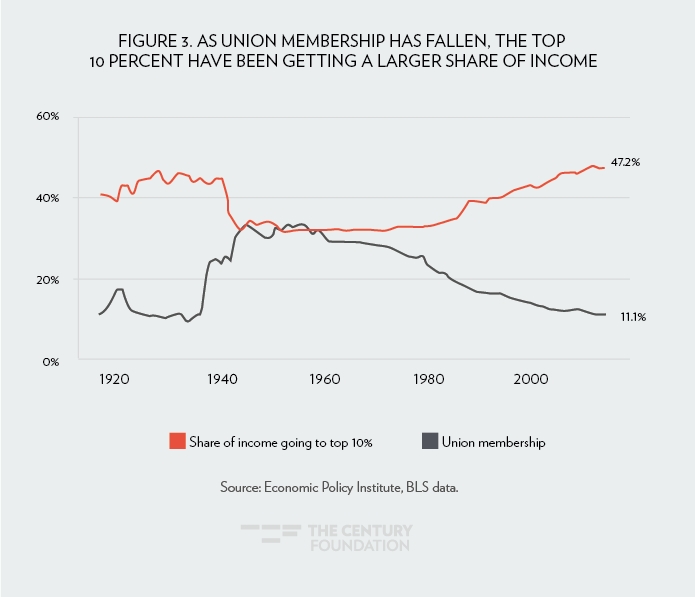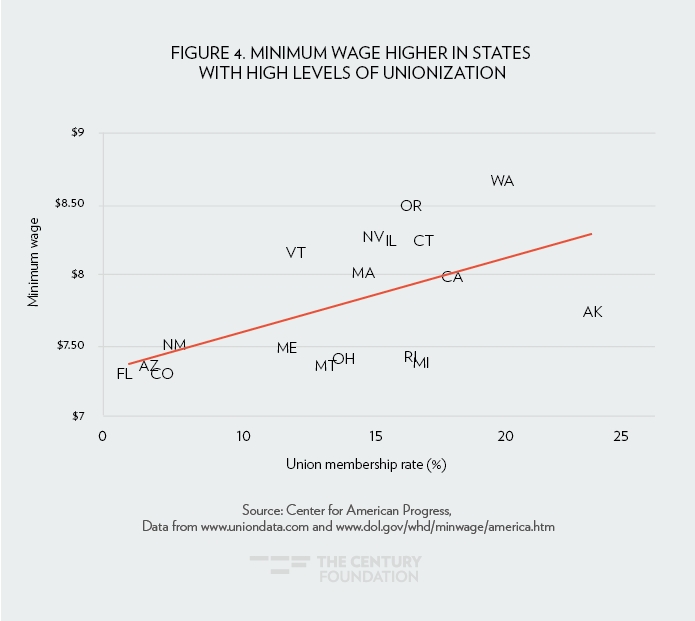The January blues are a harsh reminder of the value of doing nothing. Bertrand Russell’s wistful paean to the redundancy of work shows that while this radical thinking is not new, it carries fresh challenges for today’s proponents a shorter working week.
By Robert Magowan
A four day week is back on the political menu. It’s about time. Despite global advances in technology and productivity, most countries have seen the overall number of hours worked go up, not down. It’s been over sixty years since most countries introduced a full weekend and we ‘gained a day’.
Among this current renewed chatter, one thinker above all tends to receive the deferent nod to history. John Maynard Keynes predicted in his 1932 Economic Possibilities for our Grandchildren that the march of technology would reduce the necessary working week to just 15 hours – and even that would only be to “satisfy the old Adam in most of us”.
It is worth remembering though, that Keynes was far from alone. Bertrand Russell’s In Praise of Idleness from two years earlier mounts in a few short pages a resolute defence of idleness and an ambitious course for progress: “I think that there is far too much work done in the world, that immense harm is caused by the belief that work is virtuous, and that what needs to be preached in modern industrial countries is quite different to what has always been preached.”
Our attachment to work, Russell argues, stems originally and naturally from the necessity for sustenance that pre-industrial society entailed. Modern technology has severed the need for such an attachment, yet it sustains itself in a sense of morality – “the morality of slaves”. “The conception of duty, speaking historically, has been used by the holders of power to induce others to live for the interests of their masters rather than for their own”.
Thus Russell fumes at the reverence of labour, or as he calls it, “moving matter about” (hardly a conception that needs much revision in the service economy of cursor and email). For him, the work ethic is an instrument of the aristocratic class to help maintain their own avoidance of work. Like Keynes’ Economic Possibilities, which lamented the “growing-pains of over-rapid changes” of the time, the piece is in many ways embarrassingly relevant today. The line, “that the poor should have leisure has always been shocking to the rich”, for example, rings too true in a political environment almost totally eclipsed by the ‘strivers’ vs ‘skivers’ debate just a few years ago. Modern methods of production should be sufficient to provide the “necessities and elementary comforts of life”, argues Russell, and the rest of our time to do with as we see fit.
To recall these utopian predictions is to recall just how far we have failed to realise what was once a central element of progress, indeed, how we fail now to even recognise it as such. Even major policy advances in the area, such as the EU’s Working Time Directive (with its focus on safety and productivity), have neglected any radical element of change. Idleness remains a vice, feared not just economically in terms of lost productive potential but even on the political left as a “lonely and unfulfilling vision”.
In this context, radical proposals for a four day week risk being reduced to little more than a business fix. Can employee motivation and concentration be improved sufficiently to increase marginal output? The boss of one of the most publicised recent trials, at an insurance firm in New Zealand, articulated this approach neatly in laying out his focus: “it’s productivity, productivity, productivity!”. Whilst this thinking may be helpful in establishing a sense of existing economic viability for the policy, it excludes its most crucial aspect – what we gain in our newfound free time.
Because of course, at this time of year more than ever, we know that doing nothing never means doing nothing. To recognise the true value of leisure and idleness means subverting material ideas about what it means to be productive. Most of us will have just returned from a Christmas break where jokes were made, opinions discussed, housework shared, books read, games invented, ideas pondered, friendships rejuvenated, attachments forged. No doubt for a brave few muscles were exercised and sports contested. This output isn’t the product of the invisible hand. This is the natural fruit of a shared indulgence in idleness safe in the knowledge that one’s security is guaranteed and one’s basic needs are met. As Bobby Kennedy argued in his critique of GDP as a measure of progress, it is this mass of economically ignored value that makes life worthwhile.
The modern economic challenges of working less
In Praise of Idleness also points to two major societal changes which make the task of delivering a shorter working week, if it is to be accepted, all the more challenging. Firstly, the remnants of a leisure class have largely disappeared. It is no longer just America whose “men work long hours even when they are well off” as Russell writes. Britain’s highest earners today work very long hours. Secondly, in Russell’s 1930s Britain, while earning is morally laudable, spending is deemed “frivolous”. Today, on the other hand, consumption – when based on ‘earned’ income – is not only culturally acceptable, but economically virtuous. Indeed the potential for material consumption to increase under a four day week is a convincing argument for it for some. Henry Ford, of course, was an early pioneer of this mantra, unilaterally granting workers a five day week in 1914 in the knowledge it would allow more time for weekend ‘leisure driving’.
The combined lesson of these two crucial differences is that long working hours are today more than just a moral kink underpinned by historical power. They have been fundamentally subsumed into our economic system.
Sixty years before Keynes and Russell, economist William Stanley Jevons discovered that the Watt steam engine, which greatly improved the efficiency of coal use, had actually increased overall coal consumption, as a result of heightened demand. The widespread tendency of the efficiency gains of technological progress to increase resource use rather than reduce it became known as the Jevons Paradox – and to this day it refuses to go away. The same has occurred with work. The slickest offices have delivered not shorter weeks but both higher output and bored staff. And perhaps worst of all, we are all in on the act. No longer can we simply decide to wrench the moral lauding of work from Russell’s leisure class who sustained it for their own benefit. As Aeron Davis has written, today’s elites are increasingly mere reckless opportunists, lacking the coherence and control to operate this system for theirs or anyone else’s benefit. Russell’s “morality of slaves” is preserved not in service to a dominant people but to the sovereign blob that is ‘the economy’. Hegemony – cultural and economic – is what now sustains the work ethic. This is why it is so hard to imagine a world with less of it.
In Praise of Idleness is, therefore, a timely reminder that a shorter working week is a much more fundamental challenge than simply delivering the same for less – just another efficiency gain, another productivity drive. It is part of a wider reckoning, a revaluation of the purpose of work and progress – the makings of an ideological basis for a post-capitalist economy.
At this time of year In Praise of Idleness is also a reminder of something more obvious. Leisure – “its ease and security”, and the indulgence in learning, good nature and “active energies” that it allows for – was once among the ultimate goals of civilisation. Reading Russell, it seems only right it should return.
About the author
Robert Magowan is an MSc Economics and Governance student at Leiden University in The Netherlands. He is active in the Green Party of England and Wales and is currently researching the socioeconomic implications of a shorter working week.

